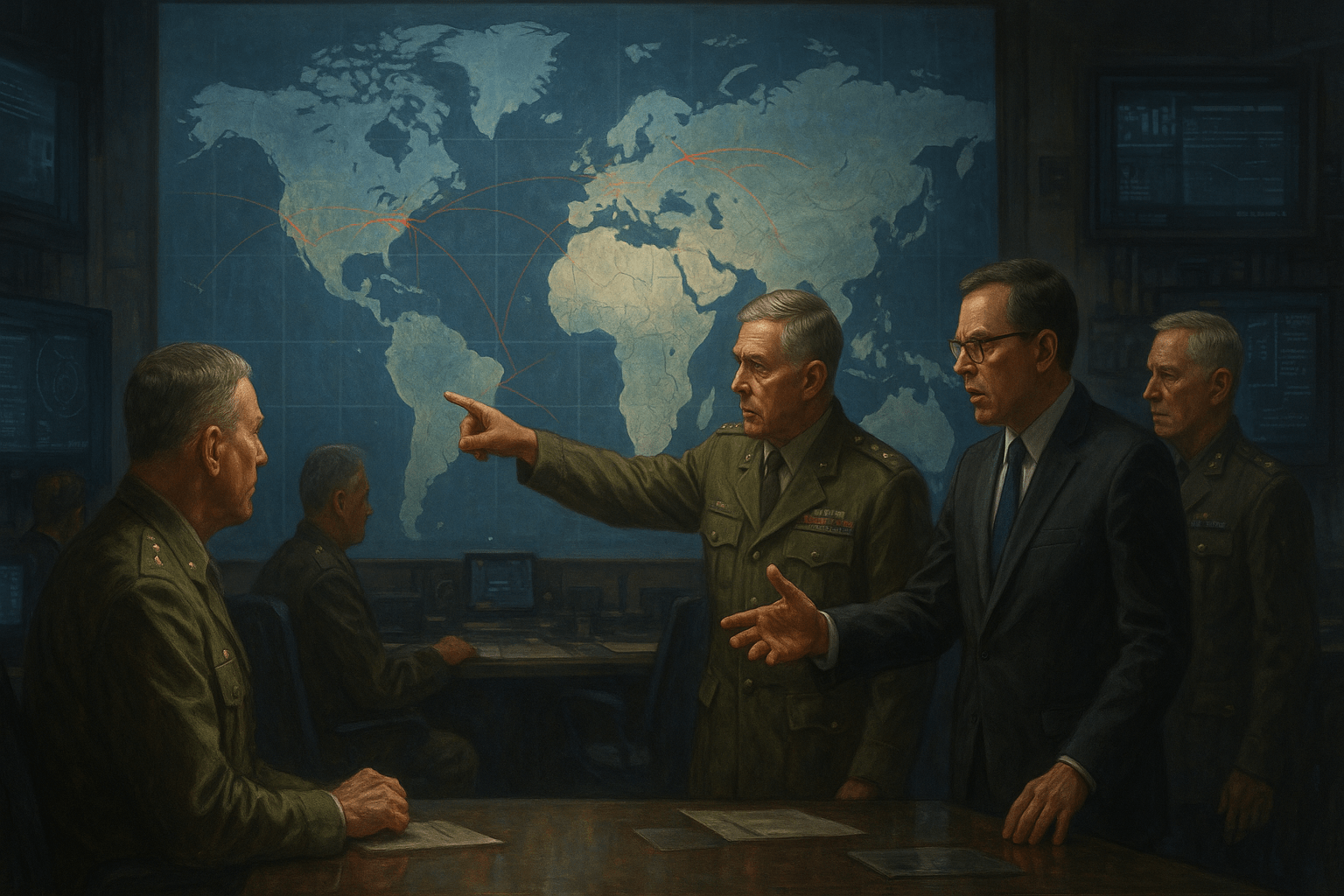The War Powers Act: Limiting Armed Forces Deployment Without Congressional Approval
What power does the President really have to send U.S. troops abroad? Is there any check on that authority? These questions have been central in American politics for decades, especially when it comes to how long the military can be deployed overseas without formal congressional approval. At the center of this debate stands the War Powers Act—an often-referenced and sometimes controversial federal law that sets strict time limits on the President’s authority to deploy troops abroad.
Understanding the War Powers Act
The War Powers Act (also known as the War Powers Resolution of 1973) was enacted by Congress in response to concerns about the escalation of the Vietnam War, which had seen massive U.S. military involvement without an actual declaration of war by Congress. The law’s primary aim is to ensure that both Congress and the President share in decisions that could potentially lead to the nation entering into armed conflict.
One critical provision of the War Powers Act is its 90-day deployment limit.
The 90-Day Limit: How Does It Work?
Under the War Powers Act, the President can send U.S. armed forces into action abroad only under the following circumstances:
- A declaration of war by Congress,
- Specific statutory authorization (such as a congressional resolution), or
- A national emergency created by an attack upon the United States, its territories, or its armed forces.
When such action is taken, the President must notify Congress within 48 hours, explaining the nature, scope, and justification for the deployment.
Why 90 Days?
The key provision of the War Powers Act is its limit on how long U.S. forces can remain engaged abroad without congressional approval. The law specifies a maximum of 60 days for such military action, with an additional 30-day withdrawal period—amounting to a total of 90 days.
If Congress does not approve an extension or provide a declaration of war within this time frame, the President must withdraw U.S. forces. You can read the full text of the War Powers Act here.
Real-World Examples: Has the 90-Day Limit Been Respected?
In practice, presidents from both parties have frequently tested the boundaries of the War Powers Act. For example, during conflicts in Kosovo, Libya, and Syria, U.S. Presidents ordered military action that sparked legal and political debates about whether the deployments exceeded the limitations set by the Act.
- The 2011 NATO bombing campaign in Libya lasted more than 60 days. The Obama administration argued that it did not trigger the withdrawal clause, citing the limited nature of U.S. involvement. This reasoning was controversial among members of Congress and legal scholars.
- The 2017 and 2018 strikes in Syria also highlighted the tension between executive action and legislative oversight, with Congress questioning the extent of their consultation and approval.
Still, the 90-day limit remains a powerful legal guideline, invoked whenever there is a risk of a “long, undeclared war.”
Congressional Authority vs. Presidential Power
The Constitution divides war powers between Congress (which declares war and funds the military) and the President (who acts as Commander in Chief). The War Powers Act is an attempt to clarify those roles and ensure Congress retains its core constitutional authority.
What happens if the President ignores the 90-day rule? Technically, the law requires a withdrawal. But, in the real world, Congress would need to use its powers—such as cutting funding or pursuing legal action—to enforce compliance. Presidential administrations have often claimed that the War Powers Act is an unconstitutional constraint on executive power, which has led to ongoing debate. For a deeper dive into this legal tug-of-war, check out this Lawfare analysis of war powers issues.
Why Is the War Powers Act Important Today?
With changing global threats and the ongoing possibility of unexpected crises, the War Powers Act remains highly relevant. Whenever U.S. troops are deployed into potential conflict zones—whether in response to terror attacks, humanitarian disasters, or escalating tensions—Americans should know their leaders follow a good-faith legal process.
- The Act ensures transparency: The President must consult and report to Congress.
- It preserves accountability: No president can wage a prolonged military campaign without congressional debate and approval.
- And it upholds constitutional checks and balances: Both branches must share the grave responsibility of sending Americans into harm’s way.
If you are interested in current debates about the War Powers Act, including recent applications and calls for reform, see this thorough overview by the Council on Foreign Relations.
Conclusion: Why Citizens Should Care
Ultimately, the War Powers Act’s 90-day limit reflects a foundational belief: No single leader should have unlimited power to involve the nation in long-term war. Requiring both the President and Congress to share the responsibility for such decisions is an essential safeguard for democracy and for those who serve in uniform.
By understanding how these legal limits work—and demanding that our leaders respect them—we help ensure America’s military actions abroad remain subject to open, constitutional oversight.
For more information or to follow current issues around the War Powers Act, visit Congress.gov’s official summary or the Congressional Research Service report on war powers.




